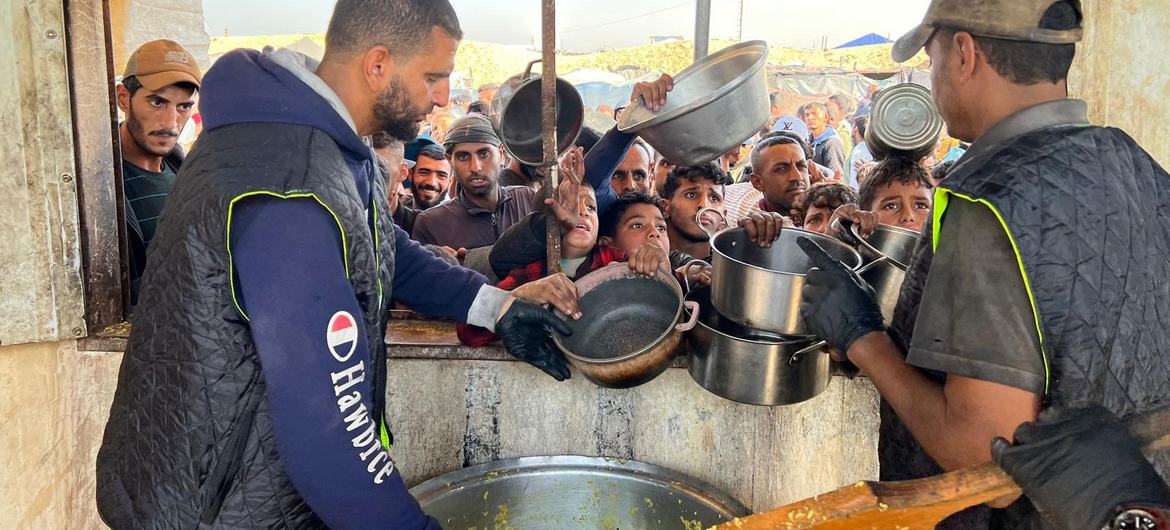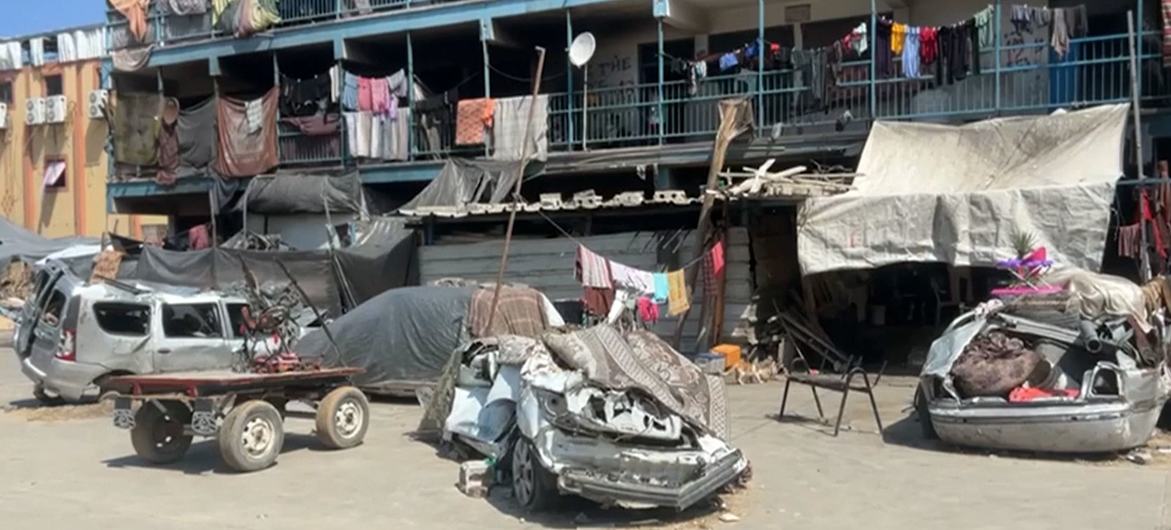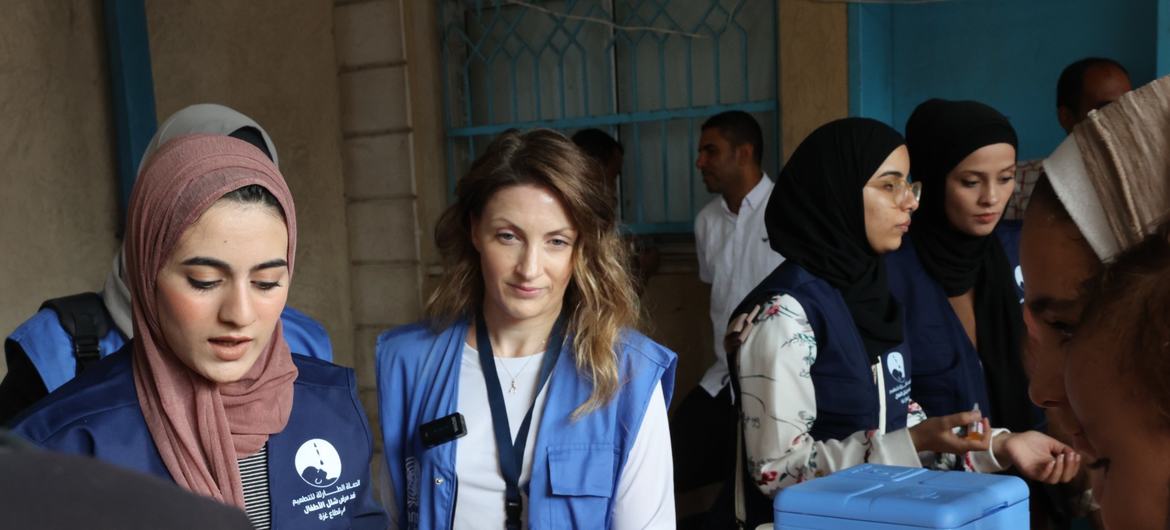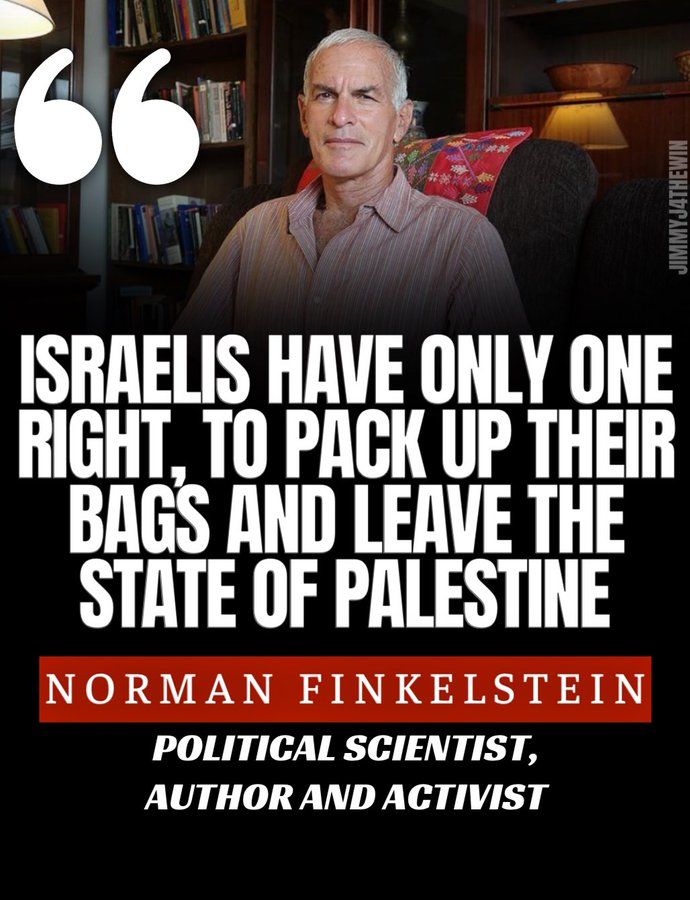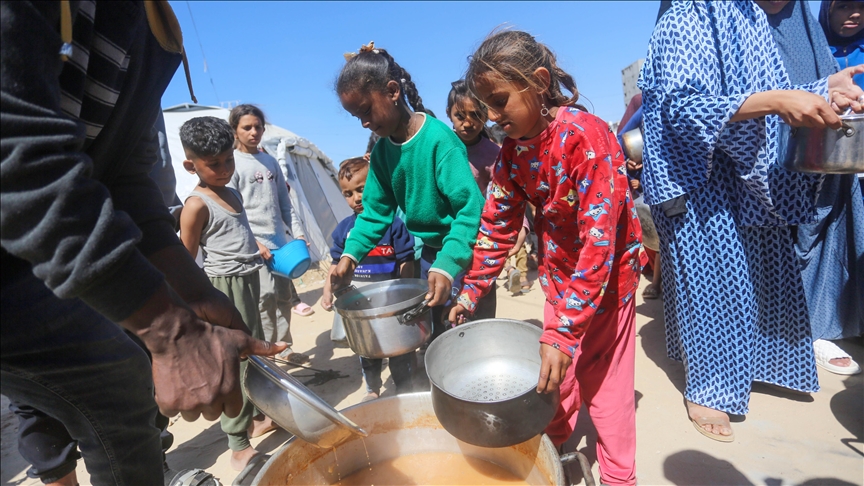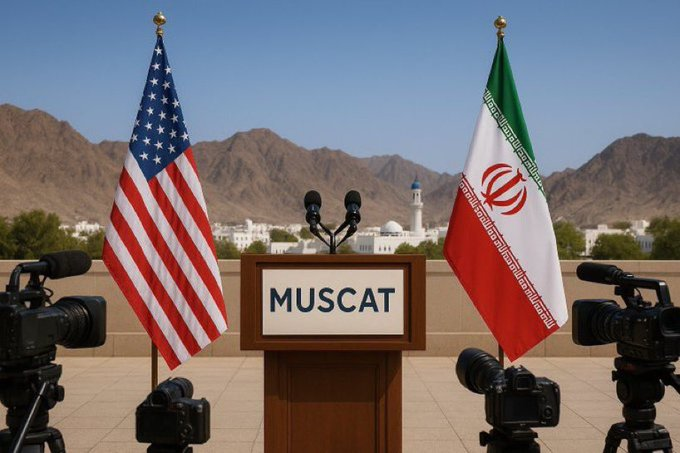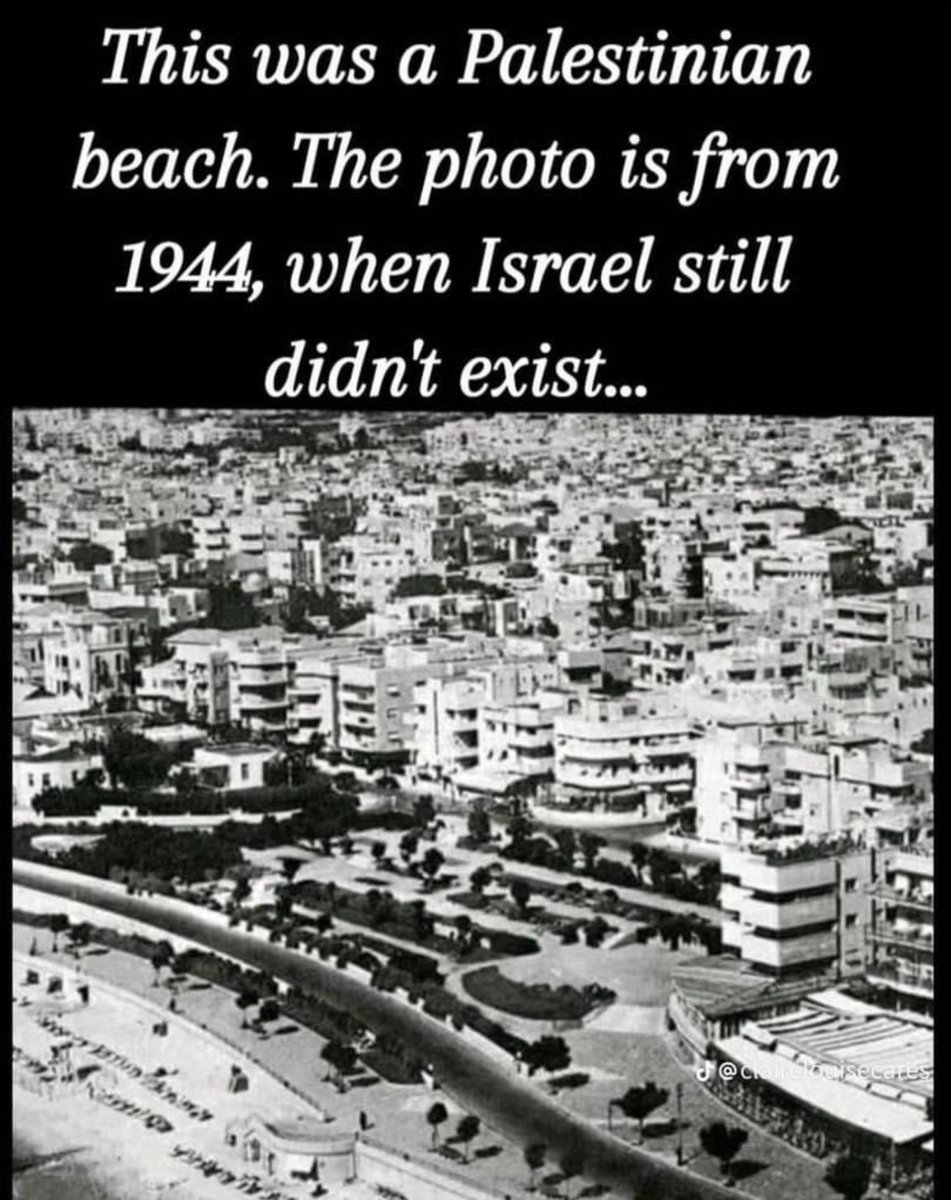‘Gaza is Today a Graveyard’
Hunger, dire living conditions made worse by heavy winter rains and ongoing hostilities continue to endanger people’s lives in Gaza, which has become “a graveyard”, UN humanitarians warned Friday.
“The world is not seeing what’s going on with these people, it’s impossible for families to shelter in these conditions,” said Louise Wateridge, from the UN agency for Palestinian refugees (UNRWA).
Speaking from Nuseirat in central Gaza after heavy winter rains overnight and into Friday morning, the UNRWA Senior Emergency Officer insisted that “an entire society here is now a graveyard…Over two million people are trapped. They cannot escape. And people continue to have basic needs deprived and it just feels like every path here that you could possibly take is leading to death.”
Echoing that warning, the UN Children’s Fund (UNICEF) highlighted widespread and dangerous malnutrition levels in the enclave, where more than 96 per cent of women and children in Gaza “cannot meet their basic nutritional needs,” said Rosalia Bollen, Children’s Fund (UNICEF) communication specialist.
Speaking from Amman, Ms. Bollen noted that the most northerly part of Gaza has been under a near total siege for 75 days. This has largely prevented humanitarian assistance from reaching youngsters in need there “for more than 10 weeks”, she said.
“The suffering is not just physical, it is also psychological…Children are cold, they’re wet, they’re barefoot; I see many children who still wear summer clothes and with cooking gas gone, there’s also lots of children I see scavenging through piles of garbage looking for plastic they can burn.”
With more heavy rain expected on Friday evening, UNRWA’s Ms. Wateridge emphasized the critical need to get aid into the enclave to support Gazans who have been uprooted multiple times by Israeli bombardment and who have little to protect themselves from the elements.
“It’s impossible for families to shelter in these conditions,” Ms. Wateridge insisted. “Most people are living under fabric, they don’t even have waterproof structures and 69 per cent of the buildings here have been damaged or destroyed. There’s absolutely nowhere for people to shelter from these elements.”
Multiple and continuing aid obstacles imposed by the Israeli authorities have meant that humanitarians have had to prioritize food over shelter, leaving Gazans desperate and at risk from food stampedes.
“The certainty of winter has been the only thing that the United Nations has been able to plan for,” Ms. Wateridge maintained. “And yet we have still not yet been facilitated to bring in enough shelter supplies for people, because we have had to prioritize food. Women have been crushed to death waiting for a piece of bread.”
On Thursday, the UN aid coordination office, OCHA, reported that the Israeli authorities had “denied another UN request to reach besieged areas of North Gaza governorate with food and water. As a result, Palestinians in Beit Hanoun, Beit Lahiya and parts of Jabalya remain cut off from the essential assistance they need to survive.”

